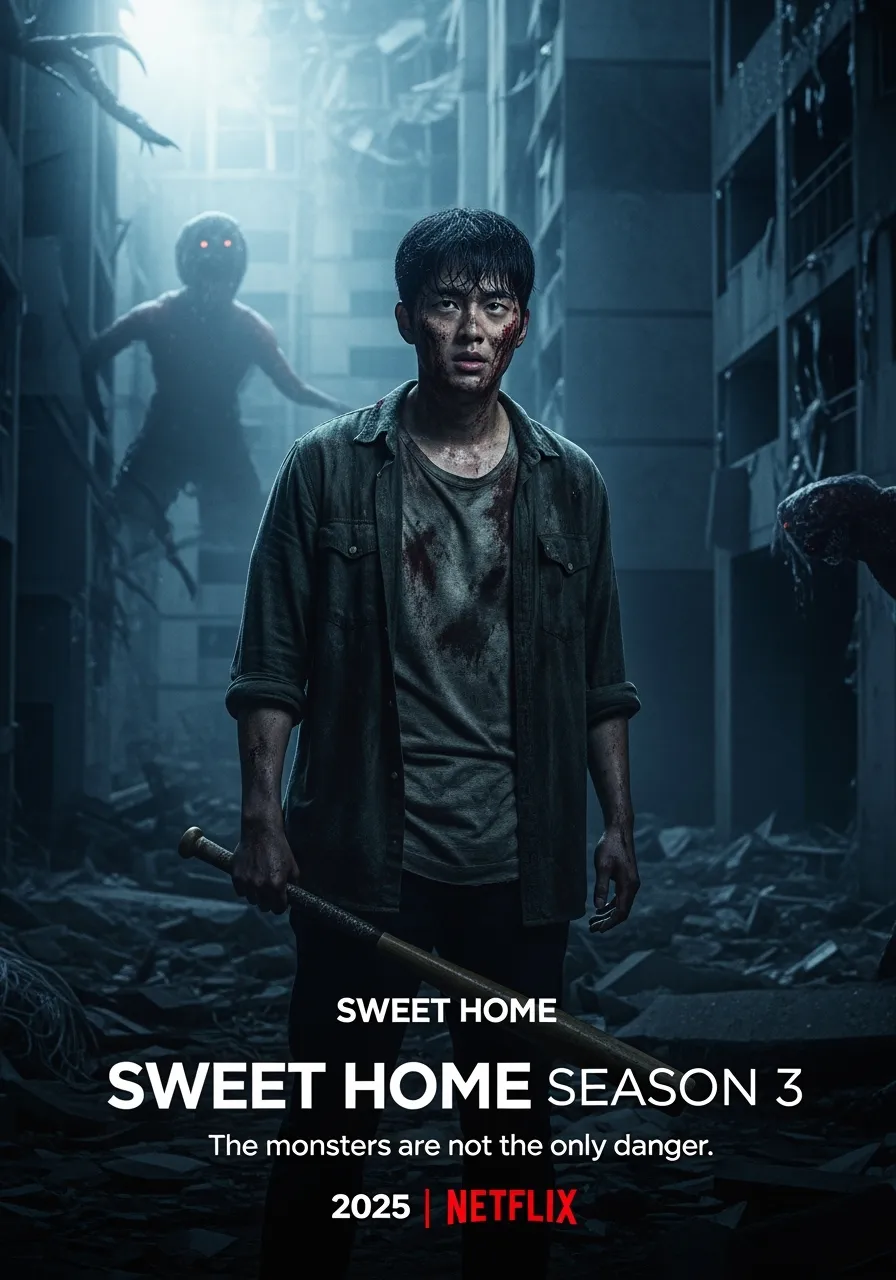Korean psychological horror A Tale of Two Sisters (2003), directed by Kim Jee-woon, is a stunning blend of mystery, drama, and horror that keeps audiences on edge. Loosely inspired by a Korean folk tale, the film explores grief, family secrets, and the boundary between reality and delusion. It is regarded as one of the best Korean horror films of all time due to its intricate narrative, chilling atmosphere, and deep emotional core.
Plot Overview
The film follows two sisters, Su-mi (Im Soo-jung) and Su-yeon (Moon Geun-young), who return home after spending time in a mental institution. They are reunited with their father and their cruel stepmother, Eun-joo (Yum Jung-ah). Strange occurrences begin to unfold, and the sisters uncover unsettling truths about their family. As the film progresses, the line between the real world and supernatural forces becomes blurred, and the terrifying secrets of their past slowly come to light.

The movie’s plot is filled with twists, turns, and misdirection, making it difficult to decipher until the very end. The suspense builds throughout the film, creating an atmosphere of tension and dread. It explores themes of loss, trauma, and the haunting consequences of family secrets.
Characters and Performances
The performances in A Tale of Two Sisters are exceptional. Im Soo-jung brings depth and vulnerability to her role as Su-mi, a character struggling with the emotional scars of her past. Moon Geun-young’s portrayal of Su-yeon is equally impressive, capturing the innocence and terror of a young girl caught in a web of disturbing events. Yum Jung-ah plays the stepmother with a chilling coldness that heightens the tension between the characters.
The dynamics between the sisters and their stepmother are complex, with each character hiding secrets that contribute to the overall sense of unease. The film’s slow unraveling of their backstories is what makes the performances so compelling, and the emotional weight adds to the horror elements.

Themes and Atmosphere
At its core, A Tale of Two Sisters is about trauma and the lasting effects of unresolved grief. The film examines how the past can haunt a family and shape its present reality. There is a strong focus on the psychological effects of loss, both through the loss of a loved one and the loss of sanity.
The atmosphere is thick with dread, enhanced by the eerie and beautifully shot cinematography. The house itself, a grand but decaying mansion, becomes an essential part of the film’s unsettling mood. The creaking floors, dark shadows, and oppressive silence all contribute to the growing tension.

The film also plays with the theme of unreliable perception, where what appears to be real is often not. This creates a sense of paranoia as the audience, along with the characters, struggles to distinguish between what is true and what is merely a product of their minds.
Direction and Cinematography
Kim Jee-woon’s direction is masterful in creating an atmosphere of creeping dread. The pacing is slow but deliberate, allowing the film to build tension gradually. The film’s cinematography is gorgeous, with each shot carefully composed to enhance the feeling of unease. The lighting plays a crucial role, casting shadows that seem to conceal dark secrets lurking in every corner.

The haunting score, composed by Lee Byung-woo, further complements the mood, with its haunting melodies adding an extra layer of emotional depth to the scenes.
Conclusion
A Tale of Two Sisters (2003) is a psychological horror film that stands as a genre-defining masterpiece. With its compelling performances, emotional depth, and stunning direction, it has rightfully earned its place as one of the best horror films to come out of Korea. The film is a slow-burn, with a haunting atmosphere that builds to a shocking conclusion. It’s a film that lingers long after the credits roll, leaving you reflecting on its themes of family, loss, and the horrors that lie buried in the past. For horror fans who enjoy films that leave them thinking, A Tale of Two Sisters is an unforgettable experience.

-1739169224-q80.webp)
-1740282288-q80.webp)

-1747716802-q80.webp)
